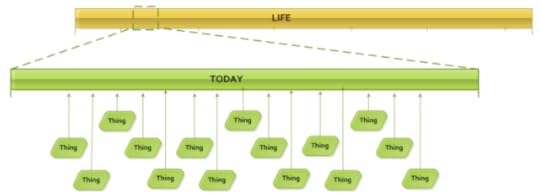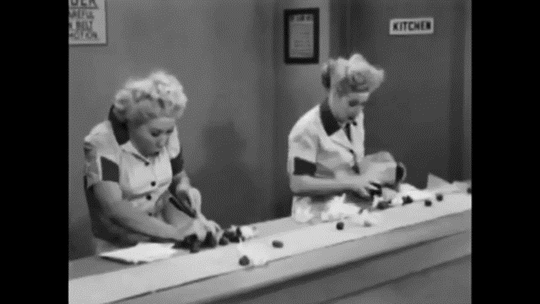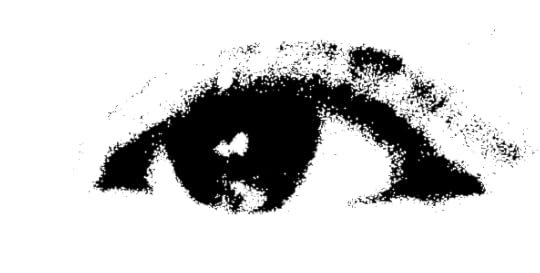Does Having No Religion Leave A Void? – Modern Koans
Estimated reading time: 18 minute(s)
Does Having No Religion Leave A Void?
Question: What is it we’re supposedly missing when we have no religion and how can we fill it without reverence for deities or senseless devotion?
You’ve hit on a very important point. This void lies at the root of all self-perpetuated human suffering. We look to fill it in many ways, both consciously and unconsciously. It’s the cause of addiction and the dissatisfaction that comes when we can’t keep it fed. Some people try to patch the gap with relationships, others chose shopping, work, drugs, or high adrenaline adventure. This effort to fill the void results in the need for more, more, more.
What creates this vacuum? It is subtle and insidious. But it is also as obvious as the nose on our faces. It just takes some sustained observation to uncover it. For me, meditation and the guidance of the Buddha’s teachings has been the vehicle of discovery.
The process is akin to peeling an onion. As you take away each layer, you gain a little insight. The first step is noticing how we fill the void with things. Over time, with some guidance or on our own, we start to see a flaw in our workflow.

We’re feeding our little beast the wrong diet. Hopefully, the image above gives you a sense of what we go through day after day, year after year. It’s an exhausting gauntlet of never ending consumption.

What’s wrong with this picture? Hopefully it is becoming apparent that the things we’re feed the beast don’t sate its hunger. Why is that? In a nutshell, things only offer temporary satisfaction. There’s two options here. Either the beast can or can’t be tamed. Buddhists are optimistic. They believe it can be.
So how do we do it? A few more layers of the onion need to be peeled back. Having viewed the futility of sustained consumption, we become motivated to get at the cause, to discover the nature of the beast.
As we meditate on our experience some more, a question arises. Is taming the beast a matter of fixing the world, or is it us? The nature of the problem gives us a little hint. Looking to the world to solve our problem doesn’t seem to be working. Our dissatisfaction with this approach is the main symptom. We need to look in the mirror. We need to look the beast in the eye and discern its real desire. We need to take responsibility.
Ok,next layer. Here’s what we’ve got so far
We feel a void in our lives
We can’t seem to fill the void
When we try, we are always looking outward
The ball is in our court to solve this problem
Looking In
Here’s where the meditation gets real. If you’ve ever meditated before, this will be familiar. If not, don’t worry it’s not rocket science. Let’s give it a quick try.
Find a relatively quiet place, especially if you’re new to meditation. For the next 10 – 30 seconds I want you to enjoy the following little exercise. Here are your orders:
Read all the instructions first
Set a timer for 10 to 20 seconds
Close your eyes and relax your eyelids
Let your awareness sink to your lower belly and let it rest there
Gently notice as your body breaths itself
Be available to any and all sensations that arise – sounds, movement, emotions, etc.
When the timer goes off open your eyes, let a little smile turn up the corners of your lips
Notice how you feel.
There is quite a bit baked into this little exercise. In fact meditation offers a lifetime of insights. But let’s stick to the problem at hand. After the meditation completed, how would you describe your experience? Most people who have done this experiment report favorable results. Some say they feel a little more at peace. Others become more relaxed and open. Most enjoy it. Many report that it is a needed break in an otherwise tumultuous day.
Here’s the important point. Something that happened in the space of those 10 to 20 seconds seems to have produced (at least temporarily) some of the results we’re looking for.
The experience was satisfying
The experience did not depend any thing for that satisfaction to arise
It did not require that we be in control of any thing
What is different about this particular way of being? What can it tell us about the void?
Experience, The Difference
You’ll notice I used the word experience quite a bit. What is experience? At its most fundamental, it’s the paring of sense perceptions and responses. Meditation is the opportunity to come as close to raw experience as is possible. We feel our bodies. We hear the sounds of the room. Unhindered by preconceptions, aversions, preferences, or the need to control, we experience the closest thing to reality that we can. We also experience contentment and something called equanimity.
Now we begin to see the nature of the void. It’s more of a schism. It’s a wall that forms between our sense perceptions and our responses. This divide is created as we become less responsive to our perceptions and operate at the level of internal routines.
Here are some familiar examples. When we drive to work, our minds are looking forward to the upcoming day. As a result we miss the beautiful clouds on the ride there. When we come home, our minds are still tied up in the day. Interactions with family carry the edginess from your work day. Instead of stopping, giving yourself some time to decompress, and then letting go of the future or the past, we carry it like a stick, and beat our family with it.
There’s Just No Pleasing You
When our minds are in the past or future, there is no pleasing us. We’re disconnected from experience, the source of contentment. This is how we create the void. Contentment and equanimity, are only available when there is a unification of sense perceptions and responses. We enjoy these benefits when our body, breath, and mind are all in the present moment. When we are “in our heads” we are cutting off the world. This is the space out of which the beast arises.
Of course, we need to spend time in our head, we live in a world of information and we often succeed as a result of our ability to think our way through problems. But this isn’t the only mode of operation we’re capable of. In fact, we need to connect regularly with the here and now. We can become physically ill without it.
In Buddhism this is taught as the tantric teachings. They are presented as the union of two in one, usually depicted as a man and a woman in sexual union. The analogy is to the relationship you have with your true love. Without them you are not whole. When they are away, there is a void. The only way to fill that void is for you to go to them.
We and the world are lovers. When we embrace in the here and now, we are content. When we become distant, the void and its hunger increase. Don’t neglect your true love.
So, is this mumbo jumbo? Mystical nonsense? Is Buddhism just materialism or hedonism, with some sugar to take away the bitter taste?
I’d love to hear your thoughts in the comments below.
Modern Koans is an ongoing series that recognizes that good questions are often more important then their answers.
The riddles of God are more satisfying than the solutions of man. ― G.K. Chesterton Get Each Week's Modern Koan in your email box
First Name:
Last Name:
Email address:
In addition to a monthly email you can also subscribe to the following weekly series:
One Minute Meditations
Tiny Drops (Photography series)
Compass Songs (My Favorite Poems)
Dialectic Two-Step
Modern Koans (interesting questions)
Sunday Morning Coming Down (Music Videos)
Relics (Timeless Republished Articles)
Say What?
Quotes
Verse Us (Poems I Write)
The post Does Having No Religion Leave A Void? – Modern Koans appeared on Andrew Furst.




